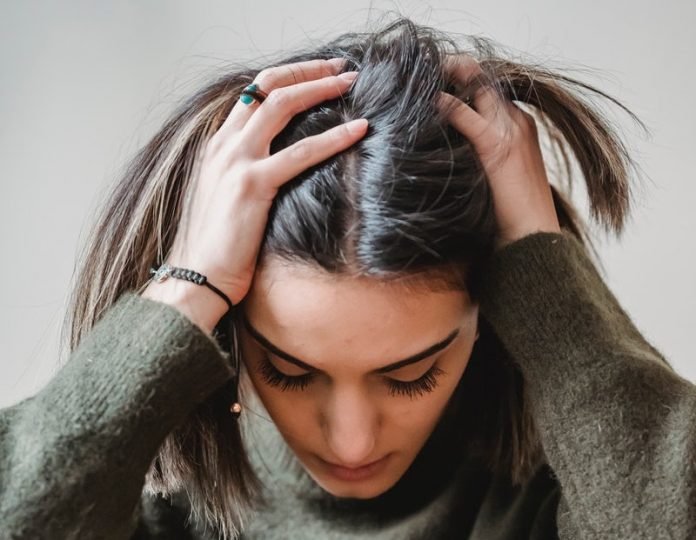
Bipolar disorder is a mental illness that affects your moods.
It is a disorder associated with episodes of mood swings ranging from depressive lows to manic highs.
Manic episodes may include symptoms such as high energy, reduced need for sleep and loss of touch with reality.
Depressive episodes may include symptoms such as low energy, low motivation and loss of interest in daily activities.
Mood episodes last days to months at a time and may also be associated with suicidal thoughts.
A common misconception about bipolar disorder is that a person has frequent mood swings going from happy or positive to sad, angry, irritated, or other negative emotions almost without warning.
But did you know that there are different types? Today, we are going to learn about the similarities and differences between bipolar 1 and bipolar 2 disorder.
Bipolar I Disorder— defined by manic episodes that last at least 7 days, or by manic symptoms that are so severe that the person needs immediate hospital care.
Usually, depressive episodes occur as well, typically lasting at least 2 weeks.
Bipolar II disorder is not a milder form of bipolar I disorder, but a separate diagnosis.
While the manic episodes of bipolar I disorder can be severe and dangerous, individuals with bipolar II disorder can be depressed for longer periods, which can cause significant impairment.
This is not professional advice, please seek out a professional if you need help.
This video is created for educational purposes and awareness around different topics. Video may or may not be able to go fully in-depth in such a limited time.
If you care about mental health, please read studies that 9 warning signs you may have severe depression, and drinking tea may cut depression in older people.
Source: Psych2Go (Shared via CC-BY)



